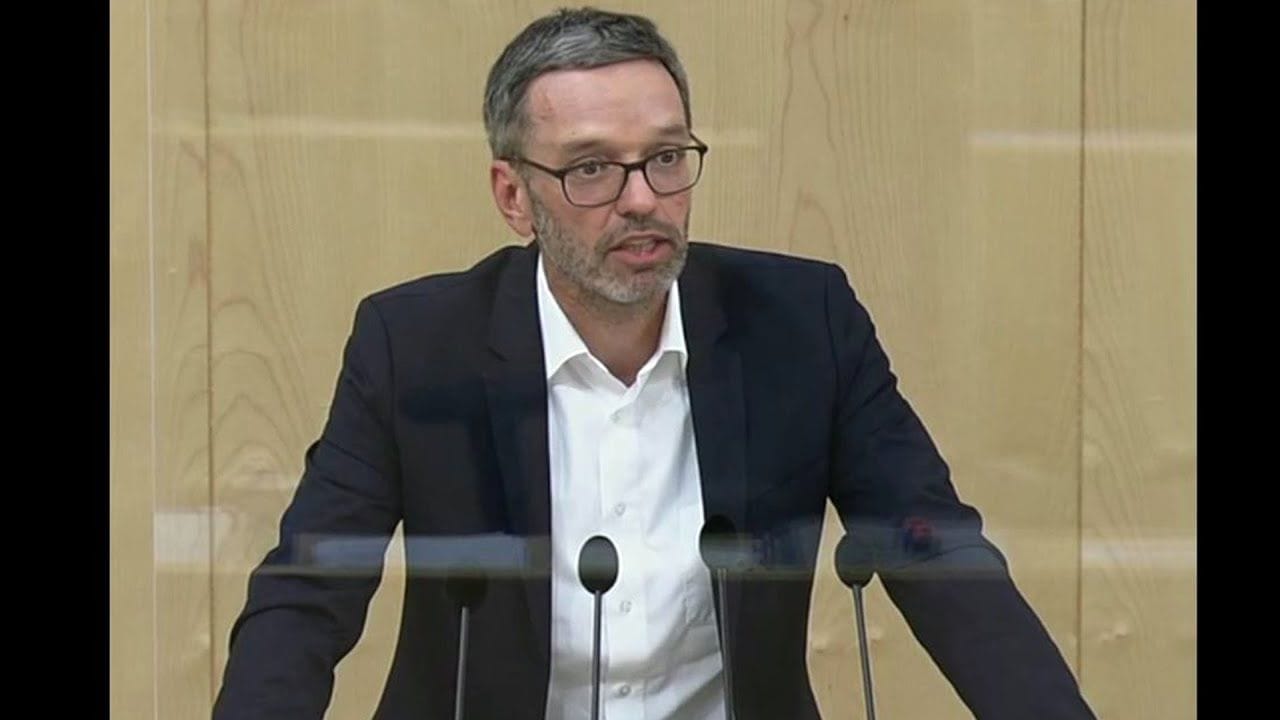On a warm autumn day, Malibu, California, found itself engulfed in a rapidly spreading wildfire that has forced thousands of residents to evacuate. The fire, which erupted in the early hours of the morning, was fueled by a combination of dry vegetation and strong winds that have been prevalent in the region. Authorities quickly mobilized firefighting resources to combat the blaze, which has shown alarming growth in size and intensity.
As the flames spread, local officials issued mandatory evacuation orders for several neighborhoods, emphasizing the urgency of the situation. Residents were advised to leave their homes immediately and seek refuge in designated evacuation centers. Many chose to stay with friends and family or in hotel accommodations further away from the fire’s path.
Firefighters from various agencies, including state and local fire departments, were deployed to the scene. Their primary objective was to establish containment lines and prevent the fire from encroaching on residential areas. However, the challenging terrain and unpredictable weather conditions posed significant obstacles to their efforts.
The Malibu fire has drawn the attention of not only local residents but also state and national officials. The Governor of California declared a state of emergency, enabling the swift allocation of resources and support for firefighting efforts. This declaration also allows for federal assistance to be requested if necessary.
As the flames continued to consume large swathes of land, residents were kept informed through regular updates from local news outlets and social media. Evacuation centers were established in schools and community centers, providing shelter, food, and medical assistance for those displaced by the fire.
In addition to the immediate threat to homes and lives, the fire posed environmental risks. The dense vegetation in Malibu is home to various wildlife species, and the rapid destruction of their habitat could have long-term effects on the local ecosystem. Environmentalists expressed concerns about the potential for soil erosion and the impact on water quality in nearby streams and rivers.
The firefighting efforts were further complicated by the steep terrain of the Malibu area. Firefighters had to navigate narrow roads and rugged landscapes, making it difficult to access certain hotspots. Air support, including helicopters and air tankers, was deployed to drop water and retardant on the flames, providing much-needed assistance to ground crews.
As the days progressed, the weather continued to play a crucial role in the fire’s behavior. Wind patterns shifted unexpectedly, causing flare-ups in areas that had previously been deemed secure. Firefighters remained on high alert, adjusting their strategies in real-time to respond to the fire’s dynamic nature.
Community members rallied to support one another during this challenging time. Local organizations and volunteers provided resources for evacuees, including food, clothing, and psychological support. Social media platforms became vital for sharing information about the fire’s progression and coordinating assistance efforts.
The Malibu fire underscored the increasing frequency and intensity of wildfires in California, a trend attributed to climate change and prolonged periods of drought. Experts have warned that without significant changes in land management and firefighting strategies, the state may continue to face devastating wildfire seasons in the years to come.
As the fire continued to burn, officials remained hopeful that cooler temperatures and potential rain in the forecast could assist in controlling the blaze. However, they also cautioned that the threat of wildfires remains high, and residents should remain vigilant and prepared for any potential evacuations in the future.
In the aftermath of the fire, recovery efforts will be critical. Assessments of damage to homes, businesses, and the environment will need to be conducted, and support for affected residents will be paramount. Recovery from such disasters often takes years, requiring collaboration between government agencies, nonprofits, and the community.
The Malibu fire serves as a stark reminder of the challenges posed by wildfires in California and the need for continued investment in firefighting resources, community preparedness, and long-term strategies to mitigate fire risks. As the situation evolves, residents and officials alike remain focused on safety and recovery, determined to rebuild and restore their community in the face of adversity.


